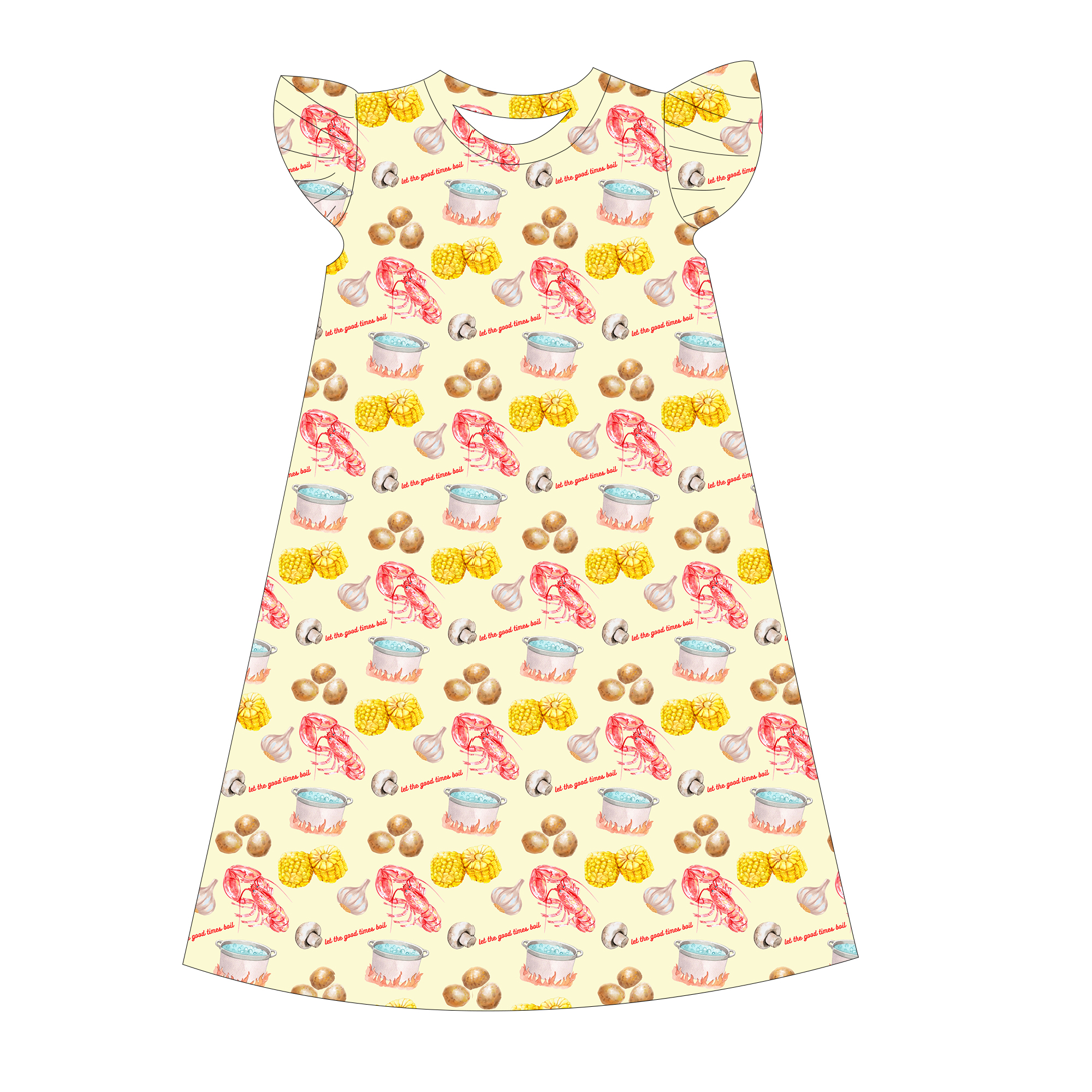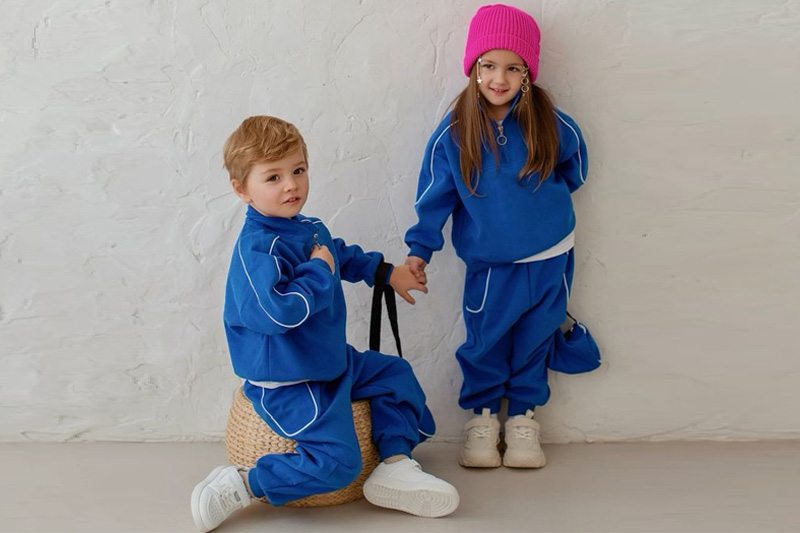When I first started working with children’s clothing prints, I learned the hard way: what looks cute on a computer screen doesn’t always translate to fabric. That’s when I fell in love with mockups. They’re like a dress rehearsal for your design—catching problems before the big show.
A digital mockup for children’s clothing is an essential preview of how a design will appear on the final garment. It helps detect design flaws, ensure colors match expectations, save production costs, and communicate the vision clearly with clients and teams. By simulating the real product, mockups reduce mistakes, improve approval speed, and make production smoother.
Let’s walk through why this little step saves a lot of headaches.
Why is a digital mockup your first step to perfect prints?
I’ve seen designers skip this step to “save time” only to spend twice as long fixing problems later.
A digital mockup is the first step in digital printing because it shows how the design will fit, scale, and position on the garment before any fabric is cut. It’s a safe, quick way to visualize the end product and make changes without costly mistakes.
The quiet hero of the design process
A good mockup is like trying on an outfit in the fitting room—you see exactly what works and what doesn’t before committing.
- Proportion check — Ensures elements aren’t too big or too small.
- Placement review — Confirms patterns align where they should.
- Early approvals — Clients sign off before production.
| Mockup Feature | Why It Matters |
|---|---|
| Accurate scaling | Prevents awkward design fit |
| Realistic preview | Builds trust with clients |
| Editable layers | Allows fast changes |
How can a mockup catch design flaws early?
Once, I printed a sample without a mockup and discovered the “cute bunny” design was perfectly positioned… for a grown-up’s shirt. On a toddler’s size, it looked like a giant head floating in the middle.
Mockups reveal issues like poor alignment, awkward pattern placement, or mismatched proportions before production begins. They allow you to test multiple layouts quickly and avoid costly reprints.
How does a mockup ensure colors match reality?
Colors on screen can lie. They glow, they pop—then they meet fabric and turn dull or muddy.
A mockup helps simulate how colors will appear on the final material, accounting for fabric texture and printing method. It’s not perfect, but it’s a closer reality check than guessing from a digital file.
I still remember showing a client two mockups: one with her “ideal” neon pink and another with the adjusted fabric-friendly pink. She chose the second without hesitation.
How can mockups save time, money, and materials?
Skipping mockups is like building a house without a blueprint. You can… but you’ll regret it.
By testing and refining designs digitally, you avoid wasted fabric, reduce production delays, and prevent reprinting costs. This efficiency speeds up delivery times and keeps budgets in check.
How do mockups help clients and teams see the same vision?
Ever tried explaining “It’ll look better once it’s printed” to a client? Yeah, doesn’t work.
Mockups create a clear, tangible preview that aligns everyone’s expectations—from designers to production teams to clients. They reduce misunderstandings and speed up approvals.
And honestly, they’re also a morale booster. Nothing beats the moment a client says, “Wow, that’s exactly what I pictured.”
Conclusion
Mockups are more than a design step—they’re your safety net, your translator, and your budget’s best friend. Skip them, and you’re gambling. Use them, and you’re building kids’ clothing that looks just as good in reality as it does in your imagination.



